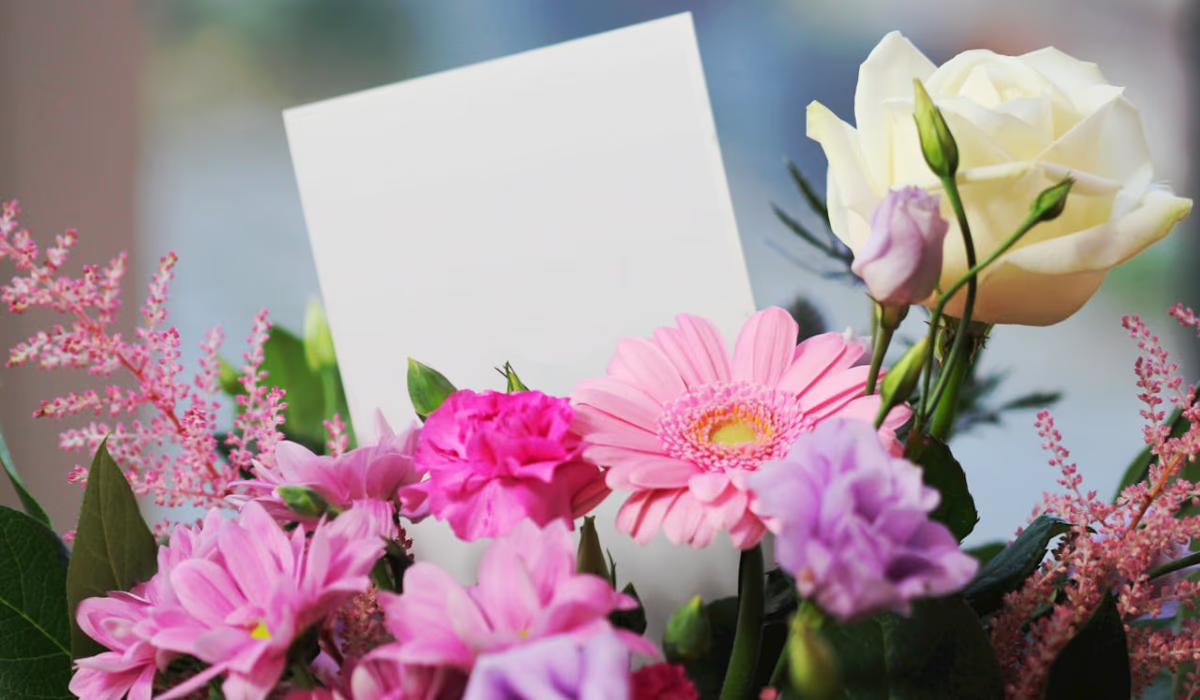In gardens around the world, a few special plants defy expectations by producing blossoms that resemble birds in flight, perched forms, or wings spread wide. These “bird-looking flowers” captivate because they blur the line between fauna and flora. Whether shaped like egrets, parrots, hummingbirds, or exotic tropical birds, these blooms are celebrated for their rare beauty and fascinating adaptations. Below, we’ll explore some of the best known species, their features, and how to grow them.
Bird of Paradise
No list of flowers that look like birds is complete without the Bird of Paradise (genus Strelitzia). Its colorful, structured bloom mimics the shape of a tropical bird’s head and plumage. The bright orange and blue “beak and crest” arrangement is bold, upright, and instantly recognizable. Because of this striking form, it’s often called the crane flower or simply “bird flower.” Several Strelitzia species are cultivated widely, both outdoors in warm climates and indoors in cooler zones.
White Egret Orchid & Dove Orchids
Delicate and graceful, orchid species like the White Egret Orchid (Habenaria radiata) appear like an egret in flight with wings spread wide. Its fringed petals and slender form give the illusion of a bird gliding skyward. Similarly, Dove Orchids (Peristeria spp.) hide within their petals a shape resembling a white dove perched in the center of the flower. These orchids are favorites among plant lovers who cherish subtle mimicry of birds in soft floral form.
Green Birdflower & Other Unusual Imitators
In Australia, you’ll find the striking Green Birdflower (Crotalaria cunninghamii). Its blossoms look so much like small green hummingbirds that many people immediately associate the sight with birds. The plant grows as a shrub, and its bird-shaped flowers perch along the stems as if in flight. The effect is particularly enchanting in its native arid landscapes.
Another species with “birdlike” appeal is Clianthus puniceus, commonly called “parrot’s beak.” Its red tubular flowers curve in a way that resembles a parrot’s long bill or beak, giving it a playful, avian look.
Why Do Flowers Look Like Birds?
Part of this floral mimicry is natural design—flowers evolve shapes, colors, and patterns that attract pollinators, often birds. In some cases, the resemblance to birds might deter predators or encourage pollinators by offering visual cues. Others are more about coincidence and human imagination (pareidolia), where our brains connect shapes into familiar forms like birds. In places like Crotalaria cunninghamii, scientists debate whether the flower’s shape evolved to imitate birds or is a byproduct of other evolutionary pressures.
Growing Bird-Like Flowers in Your Garden
If you’re interested in growing bird-looking flowers, here are a few pointers:
- Most of these species prefer warm, humid, tropical or subtropical climates (for example, Bird of Paradise thrives in zones that avoid frost).
- Provide well-draining soil and moderate moisture. Overwater or soggy roots often harm exotic species.
- Many bird-mimicking orchids require bright, indirect light and good airflow.
- Use pots or Shade structures in cooler climates so you can move sensitive plants indoors during colder months.
- When seeds or specimens are rare, order from specialized nurseries or orchid societies to find reliable stock.
Conclusion
Flowers that look like birds are some of nature’s most enchanting surprises. From the bold, unmistakable Bird of Paradise to the ghostly elegance of the White Egret Orchid and the intriguing Green Birdflower, these blooms bring wonder and magic to gardens. Whether born of evolution or human perception, their birdlike forms invite us to see the garden in new ways—where flowers become creatures in flight.
FAQs
Do these flowers actually evolve to mimic birds?
In some cases, yes—they may share traits with birds to attract pollinators or deter threats. In other cases, the resemblance is coincidental and amplified by human perception.
Are bird-shaped flowers rare and difficult to grow?
Many are rare and specialized (especially orchids). Some, like Bird of Paradise, are more commonly cultivated and easier to manage in suitable climates.
Can I grow a Bird of Paradise in a temperate climate?
You can, if you treat it as a container or greenhouse plant, providing warmth, humidity, and protection from frost.
Which birdlike flower is best for a small garden?
Smaller orchids like the White Egret Orchid can be grown in pots or shaded garden beds, making them a good choice for limited spaces.
Do these flowers attract birds or pollinators better because of their bird-like shape?
They may attract bird or insect pollinators due to their colors, nectar, and form, but the visual mimicry itself is not guaranteed to enhance pollination—other factors play a more direct role.







